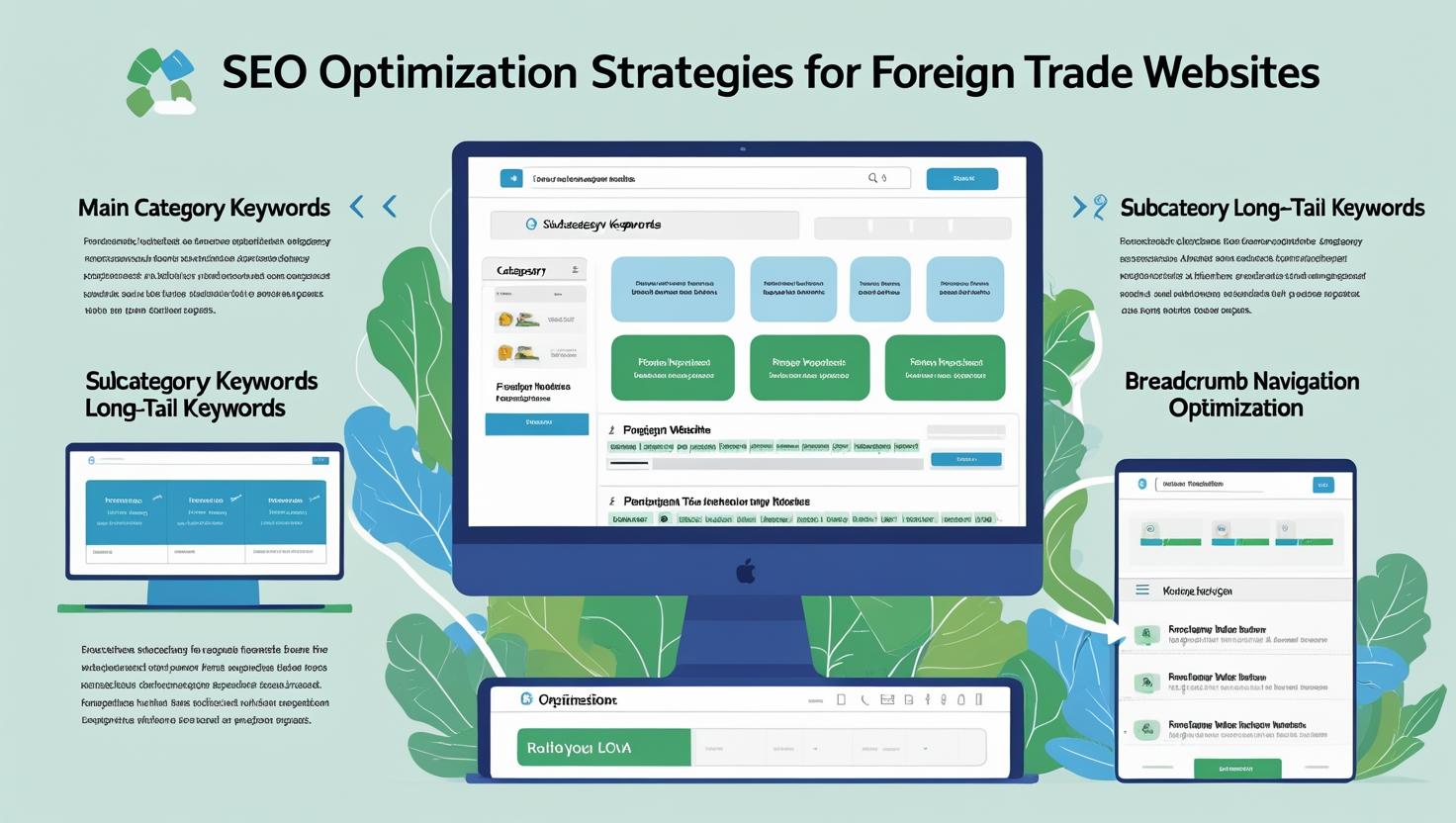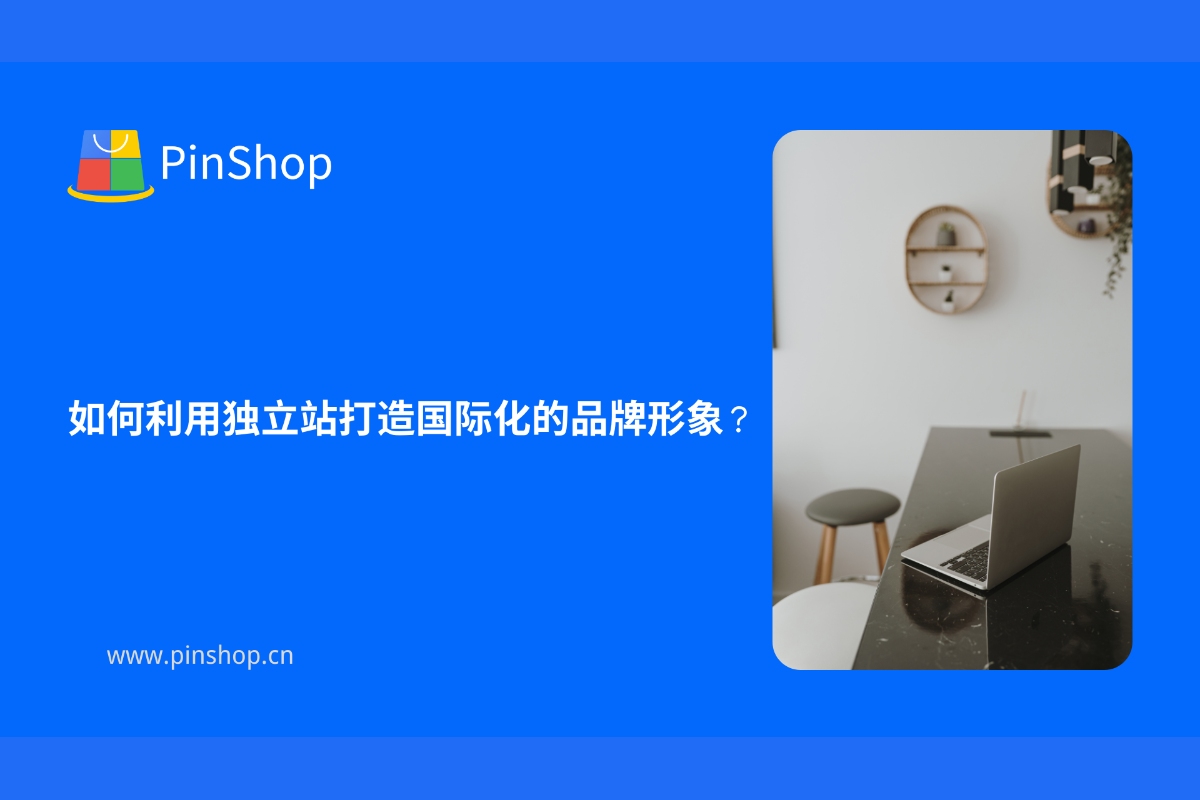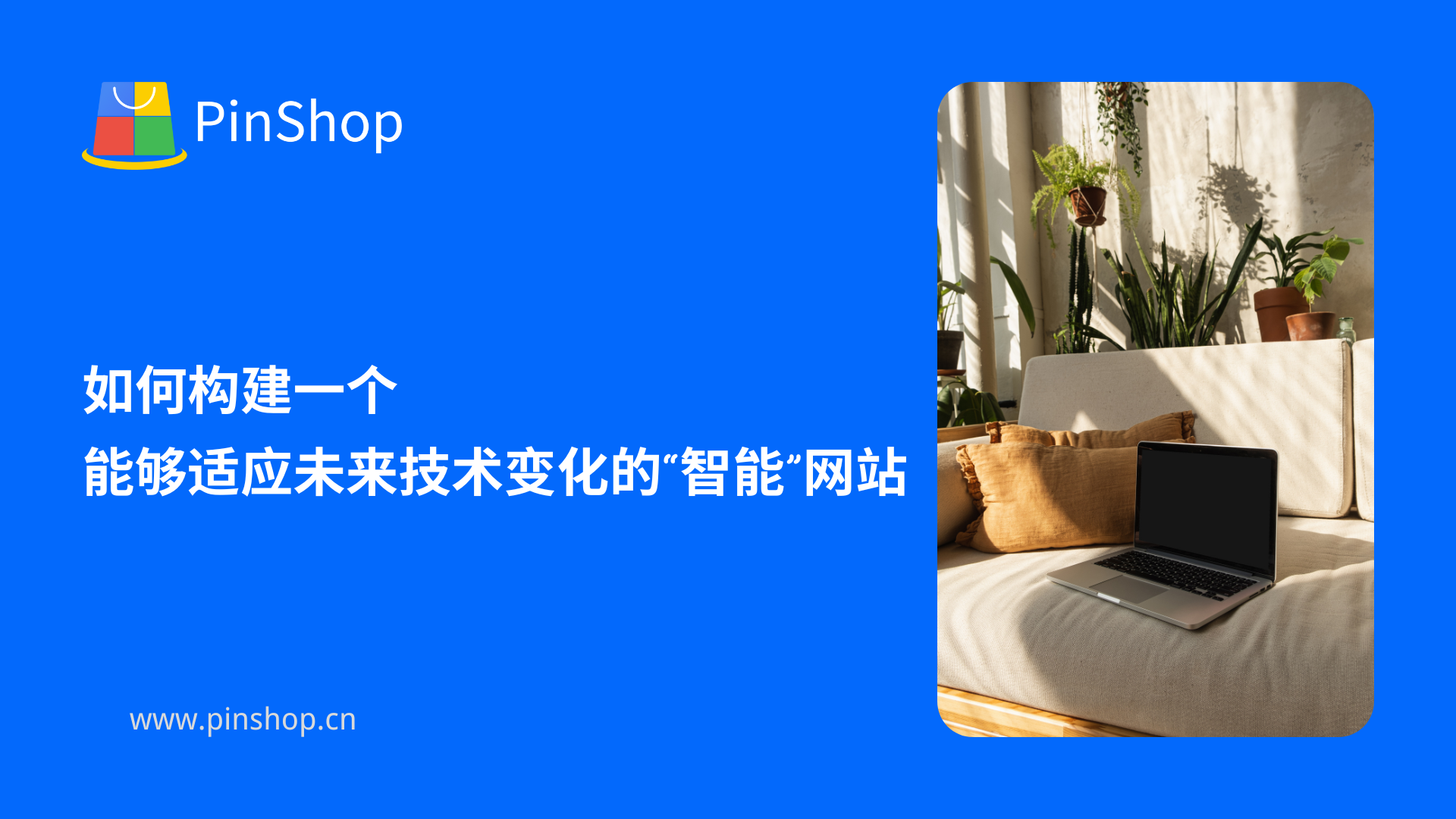Amidst increasingly fierce global foreign trade competition, a clear and logically structured industry category navigation is crucial for both user experience and search engine indexing on foreign trade websites. According to data from the International Trade Centre (ITC) , structured website navigation improves user retention and page views, generating more potential inquiries for businesses. This article will provide a systematic guide to optimizing industry category navigation, covering optimization ideas, design strategies, and practical methods.
1. Clarify navigation structure and user needs
The primary goal of industry classification navigation is to help visitors quickly find the information they need while taking into account search engine crawling efficiency.
User behavior analysis : Design main categories and subcategories based on visitor sources, search intent, and click paths to ensure that the most commonly used products and services are displayed first.
Flat structure : Minimize the number of classification levels, usually no more than 3 levels, to prevent visitors from getting lost when looking for information and improve conversion rates.
Logic and consistency : Category naming should be clear and consistent, using industry-standard terminology to make it easier for visitors to understand and reduce search confusion.
W3C recommends that a reasonable navigation structure not only optimizes the user experience, but also helps search engines index more pages and improve website weight.
2. Keyword layout and SEO optimization
The core of SEO optimization of industry classification navigation of foreign trade websites lies in keyword strategy and page indexing.
Main category keywords : naturally embed core keywords into the main category name, such as "foreign trade website machinery and equipment", "foreign trade website electronic products", to improve search matching.
Sub-category long-tail words : Use long-tail words for segmented products or services, such as "foreign trade website industrial automation equipment", to help attract accurate traffic.
Breadcrumb navigation optimization : Breadcrumbs not only improve user experience, but also allow search engines to better understand the hierarchical relationship of the website and enhance page inclusion.
According to a study by ** Search Engine Journal (SEJ) **, combining structured navigation with keyword optimization can significantly improve a page’s ranking in international search engines (reference link: SEJ ).

3. Responsive design and multi-device adaptation
More than 50% of visits to modern foreign trade websites come from mobile devices, so industry classification navigation must take into account the user experience of different devices:
Mobile menu optimization : Use accordion, drop-down or hamburger menu design to ensure that categories can be quickly accessed.
Touch-friendly design : Navigation buttons are sized to fit your fingers, preventing accidental operations and improving user satisfaction.
Loading performance optimization : Streamline navigation code and image resources to ensure fast loading in mobile network environments and improve search engine scores.
Google Search Central points out that mobile-friendly website navigation not only improves user experience, but also directly affects natural search rankings.
4. Content relevance and internal linking strategy
Category navigation is not only an access path, but also a carrier of internal linking strategy:
Related product recommendations : Display related products or article links on each category page to increase page dwell time and conversion rate.
Cross-category interlinking : Establish internal links for related products or services to form a weight transfer network and enhance search engine understanding and crawling capabilities.
Dynamic updates : timely adjust categories and links based on new or removed products to keep navigation information accurate.
By combining with the foreign trade website content management system (CMS) or Pinshop website building platform, enterprises can implement dynamic navigation updates and multilingual category management to ensure that global customers can get a consistent access experience.
Summarize
Industry category navigation is a crucial component of foreign trade websites for improving user experience, increasing traffic, and facilitating inquiries. By clarifying the navigation structure, optimizing keyword placement, accommodating multi-device access, and establishing an internal link network, companies can create an efficient, SEO-friendly foreign trade website category system.
With the Pinshop website building platform , businesses can quickly optimize industry category navigation, SEO layout, and multilingual adaptation, increasing website exposure and potential customer conversion rates. Experience the Pinshop website building platform now and let your foreign trade website continue to benefit from the global market!

Recommended article: Guide to Automated Content Generation for Foreign Trade Website Blogs





